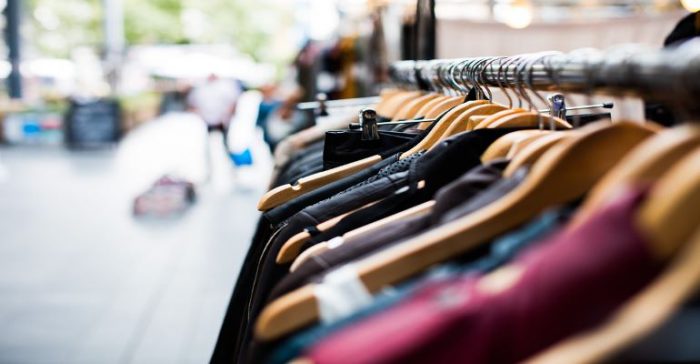Written by Shannon Dracup, ERS
We’re taking a look at the environmental impacts of the fashion industry, a topic that is not often discussed when we think about sustainability.
The fashion industry is one of the most lucrative and destructive industries on the planet, and its environmental damage is only increasing as the industry grows. However, as consumers, we can mitigate these impacts by changing our habits.
Some environmental impacts of the industry and ways to mitigate them:
- Water pollution: In most of
the countries in which clothing is produced, untreated toxic wastewaters from
textile factories are dumped directly into rivers and waterways. The dyeing and
treatment of garments comprises roughly 17%–20% of all industrial water
pollution.
- What can I do? Choose clothes made in countries with stricter environmental regulations for factories (i.e., the US, Canada, and the EU) and choose organic fibers and natural fibers, free of harmful chemicals.
- Water consumption: Huge
quantities of fresh water are used for the dyeing and finishing process for
clothes. One ton of dyed fabric can take up to 200 tons of fresh water.
- What can I do? Choose fibers with low water consumption such as linen and recycled fibers.
- Textile waste: We generate
more and more textile waste, but only 15% is recycled or donated. The rest goes
directly to the landfill or is incinerated. Synthetic fibers, used in 72% of
our clothing, are non-biodegradable and can take hundreds of years to
decompose.
- What can I do? Choose natural fibers and buy less, buy quality, and upcycle your clothes.
- Microfiber ocean pollution:
Synthetic plastic fibers and the fabrics they make leach into the environment
just by being washed. Estimates vary, but it’s possible that a single load of
laundry could release hundreds of thousands of fibers from our clothes into the
water supply and eventually into our oceans. This adds to the microplastic
pollution that is accumulating in the food chain and being ingested by all
marine wildlife and eventually the human population.
- What can I do? Buy fewer clothes made of synthetic materials and wash only when necessary.
The cheapest and simplest solutions for you as a consumer are to 1) upcycle your clothes by donating them and 2) shop secondhand whenever possible! Here are some ideas:
- Thredup is the largest online consignment and thrift store
- Buffalo Exchange and Goodwill are some of my favorite secondhand clothing stores
Happy thrifting!

